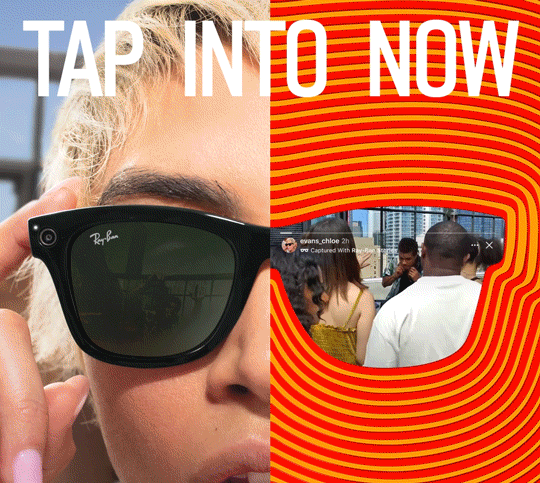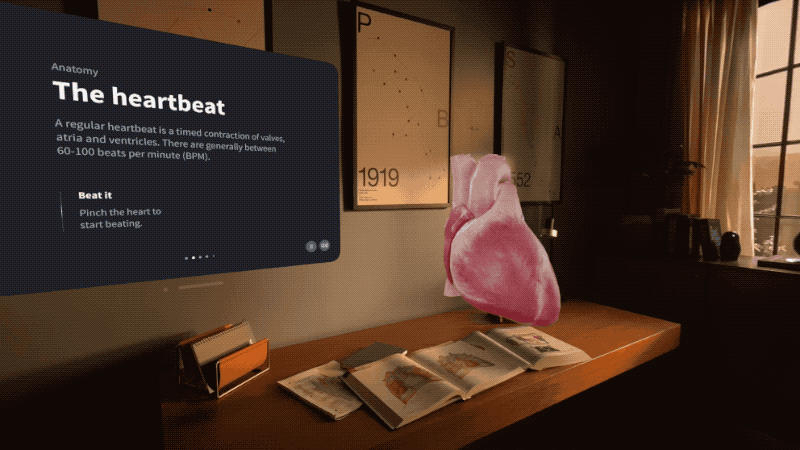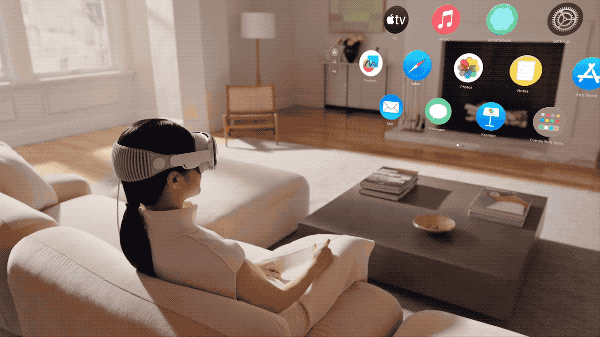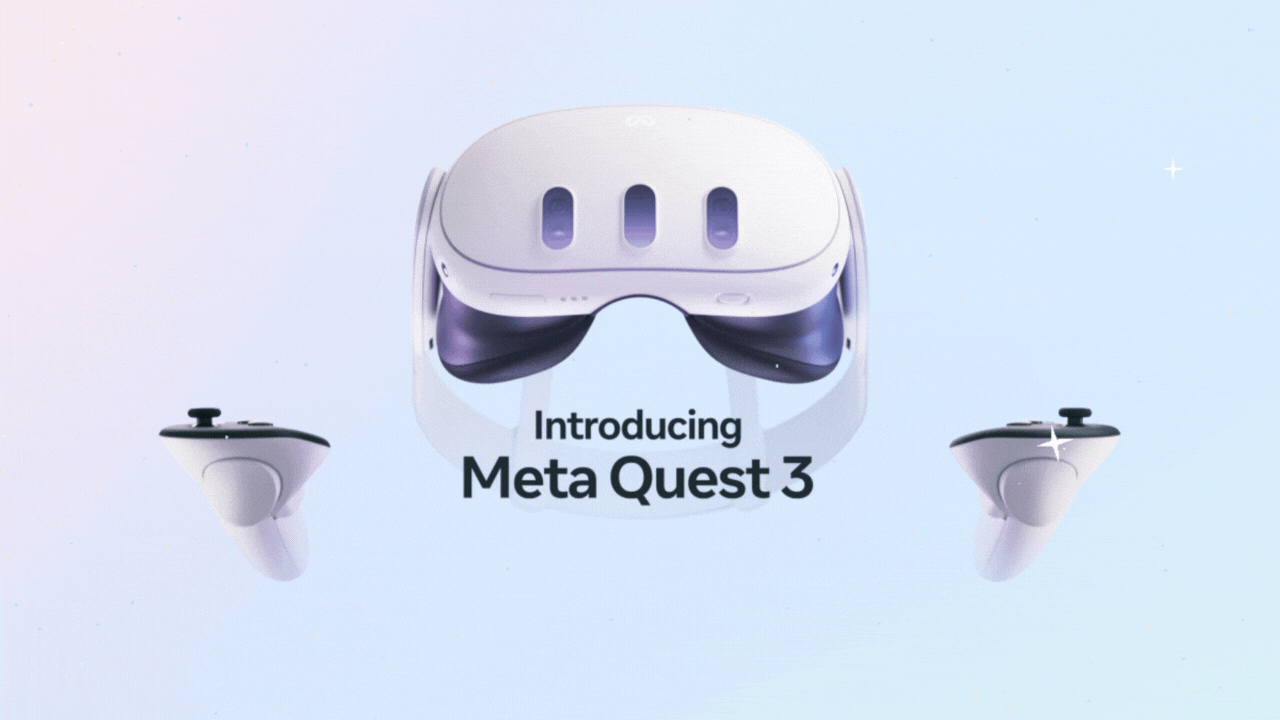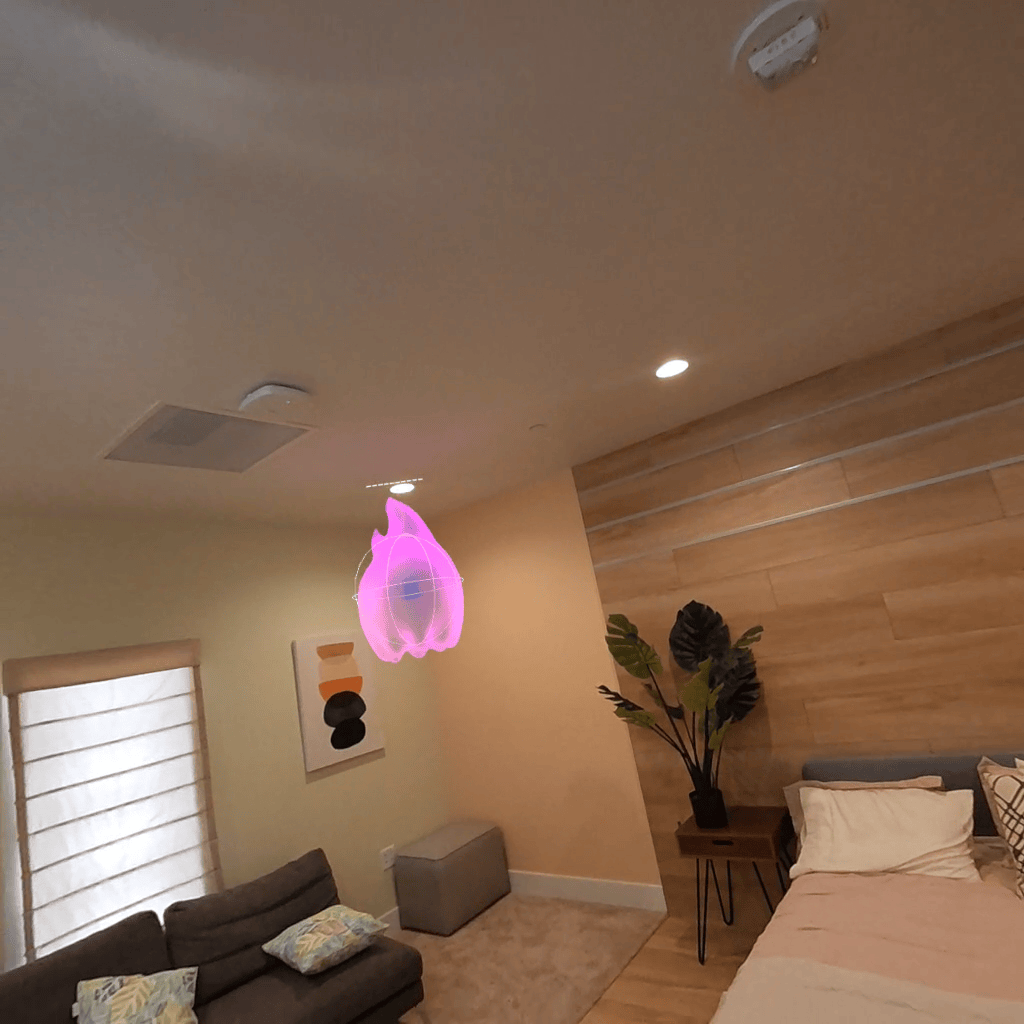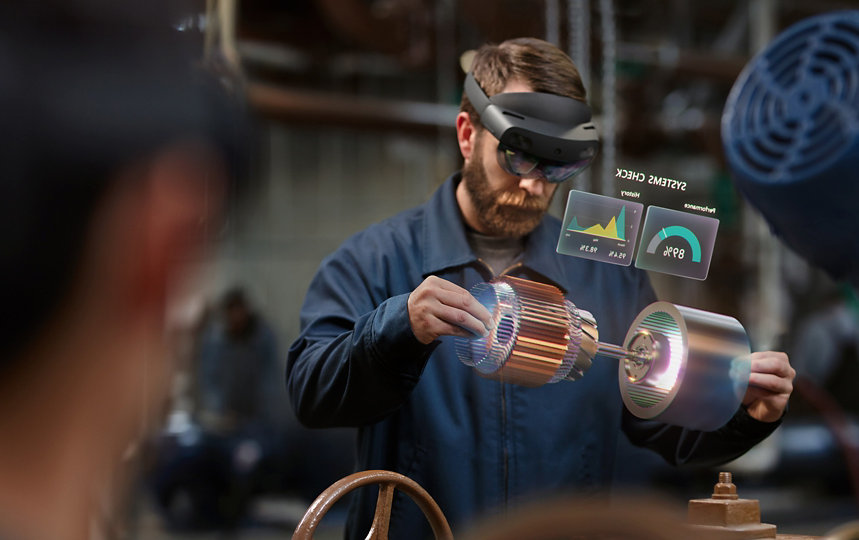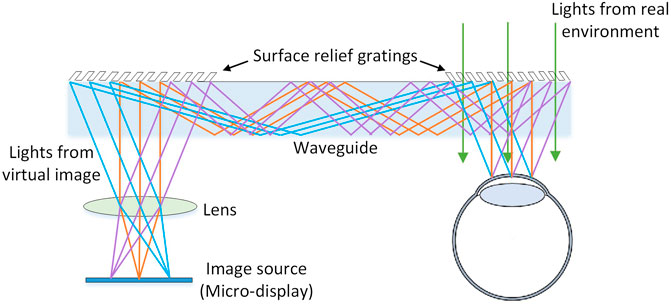Exploring the Top Picks - Best AR Glasses for 2024
The search to develop the perfect AR device is ushing in a new age of wearable technology - as its convenience, immersive capabilities and hands-free operation is quickly outgunning Smartphone based AR technology. In 2024, the competition to create the most ideal and top-notch augmented reality (AR) glasses is heating up. There is a battle which is only getting more intense, as more players enter the race to create the best Augmented Reality device. The fields of AR glasses and headsets are flourishing with innovation as we enter this new epoch of spacial computing and wearable technology.
AR glasses provide a brief look into the future, where digital and physical worlds will merge seamlessly. This will eventually revolutionise every industry and sector. Currently, the technology is already bringing unprecedented change to gaming, entertainment, healthcare, education and engineering.
This examination of the latest and best AR glasses delves into the most recent developments, characteristics, and features that make these gadgets and their display technology so unique. Each company is competing for a spot in the hearts and minds of customers who are eager to embrace the next frontier in wearable augmented reality technology. 2024 releases are boasting attractive looks and potent performance. Come along on this adventure as we analyze and assess the best AR glasses and headsets on the market.
What are AR glasses?
Augmented reality (AR) glasses are holographic in nature. A pair of these futuristic glasses will sometimes look like regular sunglasses, others will appear as if they are from the far future. These smart glasses overlay digital data on top of a wearer's field of view. Glasses like these let individuals view both their natural surroundings and digital content at the same time.
AR glasses feature digital displays that are either entirely or largely see-through. They use a combination of sensors and cameras to scan a wearer's surrounding environment - superimposing appropriate information onto their vision, including text, photos, videos or 3D graphics.
Pure AR Glasses (non-passthrough) use light prism (waveguide) technology to project visual data from flat OLED screens into a 3-dimensional holographic space. To do this, they use arrays of specialised reflective lenses which transform flat images from a Micro Display into world-space images.
The technology used in most AR Glasses will facilitate a basic level of Augmented Reality - allowing users to enhance simple activities such as reading documents, watching movies and playing games on a larger screen. However, they usually do not include spacial computing technology, as the required processing units and batteries are too large to fit into a device that mimics a pair of sunglasses. Read on to learn more about how these glasses work, tips on buying AR glasses, and the types and technological levels of AR glasses and headsets you will find in the current market.
Factors to consider when buying the best AR Glasses
There are several vital considerations you should take into account when buying AR glasses in 2024 and beyond. This checklist will ensure you choose the correct gadget for your desired needs and use-cases.
Weight and Comfort
If you intend to wear AR glasses for an extended period, comfort is the top priority. Choose lightweight models with ergonomic design elements - meaning the device fits well and feels good when in contact with the human body. Favour devices with straps that can be adjusted - offering a tight and comfortable fit without exerting excessive pressure.
Field of View
The Field of vision (FOV) determines how much augmented reality is able to be shown in the same view - without a wearer having to turn his head.
In AR glasses, FOV is vastly determined by microdisplay resolution, lens size, refraction design and size of the light prism (waveguide) system.
In AR Headsets, it is determined by passthrough camera resolution, display resolution and curvature of internal displays.
A larger FOV will allow a wearer to have access to a larger Augmented Reality viewport. Allowing them to view more digital information within the same frame of perspective - meaning wearers will not need to manipulate or adjust their head as much - enhancing the smoothness and immersive quality of their AR experience.
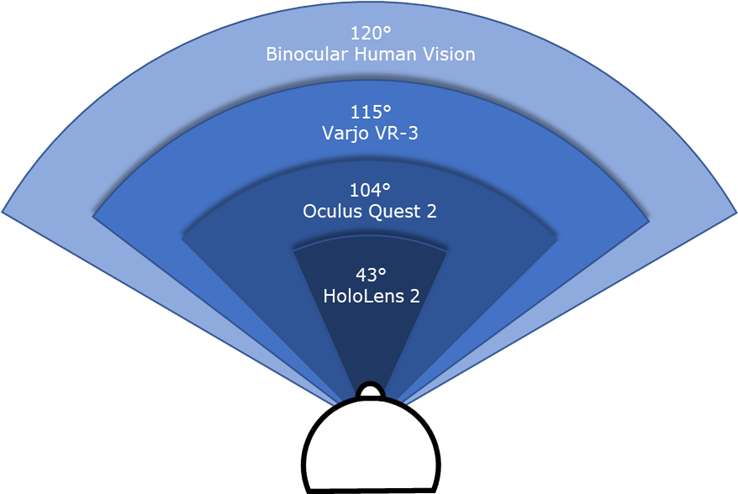
Resolution and Display Quality
To guarantee clear, crisp visuals when observing holographically displayed information, choose AR glasses which feature a high resolution and Pixels Per Degree (PPD) - the number of pixels that can be seen on a single FOV degree (Human vision is able to process an apparent maximum of 60 PPD). Higher display resolutions enable text and visuals to be easier to read and interact with. 2K and 4K resolutions are good for activities that require long periods of engagement such as gaming, watching movies or working on documents.
Display refresh rates are critical for smooth looking visuals that do not lag. A higher refresh rate will lead to fewer headaches and vastly improves the comfort of an augmented reality experience - Especially in extended sessions, such as when watching movies or gaming.
Refresh rates are measured in Hz. A good example being, if you have a refresh rate of 90Hz - it means your display will refresh the image 90 times per second. 90 - 120Hz is the apparent maximum that the human eye is able to register. However, some avid gamers will debate otherwise.
Higher resolutions, PPD and refresh rates all work together to reduce eye-strain and elongate the time a wearer can engage with an augmented reality world-space. In the future, augmented reality displays will become even better suited to human eyes - which is when they will start to replace smartphones.
Micro displays and NIT Rating
The unit of measurement defined as a NIT (Latin, Nitere; to shine) measures the brightness, vividness and saturation of a digital display.
The NIT rating on a pair of AR Glasses or on a AR headset is reliant on the synthesis of its AR projection technique, micro-display and lens array quality.
A higher NIT level means a more colourful, crisper, realistic and clearer holographic image. NIT ratings of 300+ will no longer look like a hologram - seeming more like a solid object.
Device Compatibility
Verify that your current gadgets, such as tablets and smartphones, are compatible with the AR glasses. Please ensure the glasses can link to your devices - via HDMI, USB-C, Bluetooth, etc - and stream data from platforms and apps.
Special Features
Consider any supplementary capabilities provided by the augmented reality glasses, like gesture controls, voice commands, and video/image capture functionality. In some contexts, especially those requiring hands-free operation, these supplementary features are essential and will improve usability and offer additional convenience.






